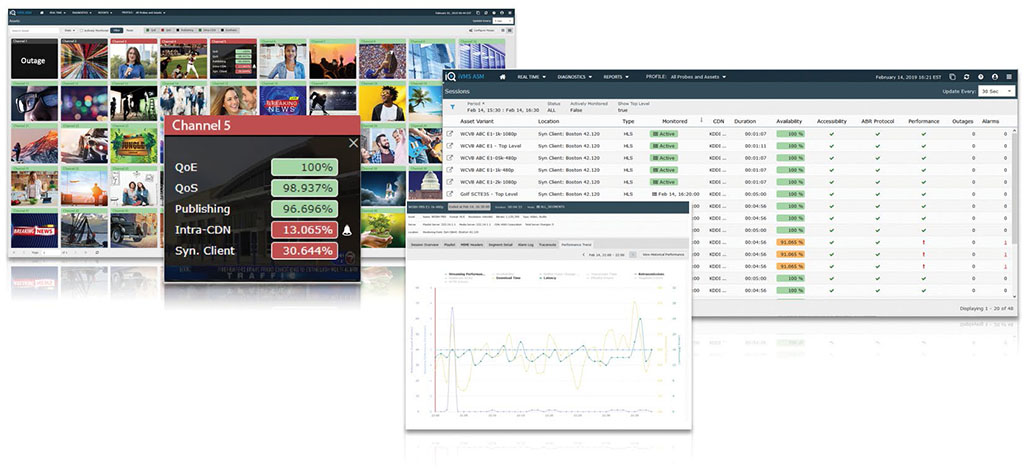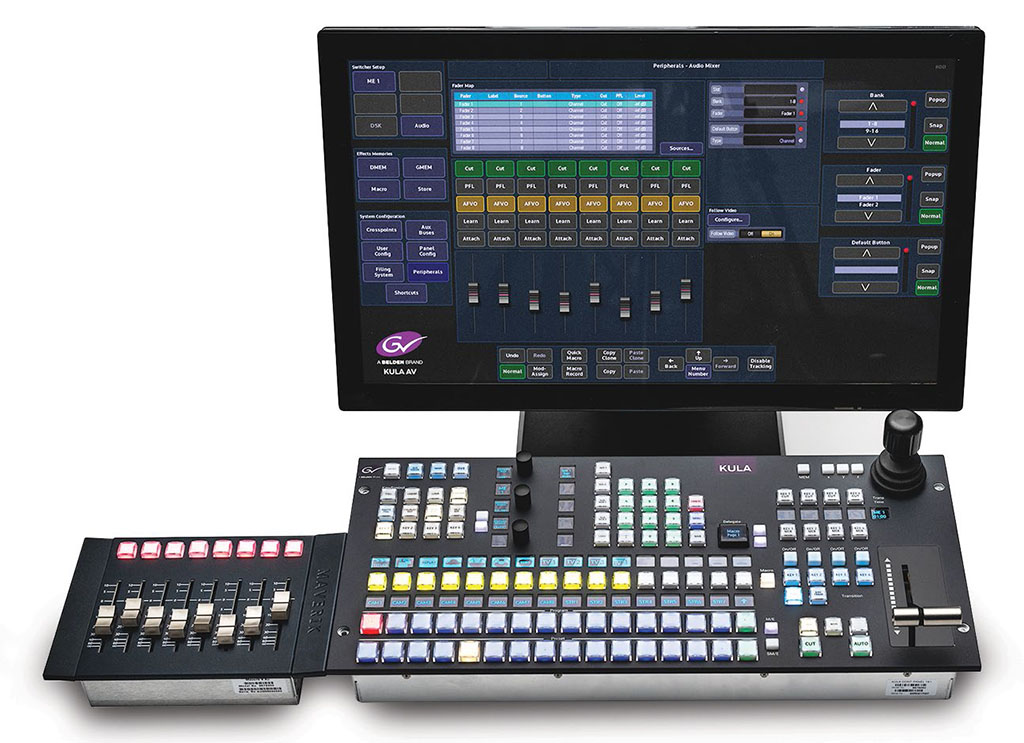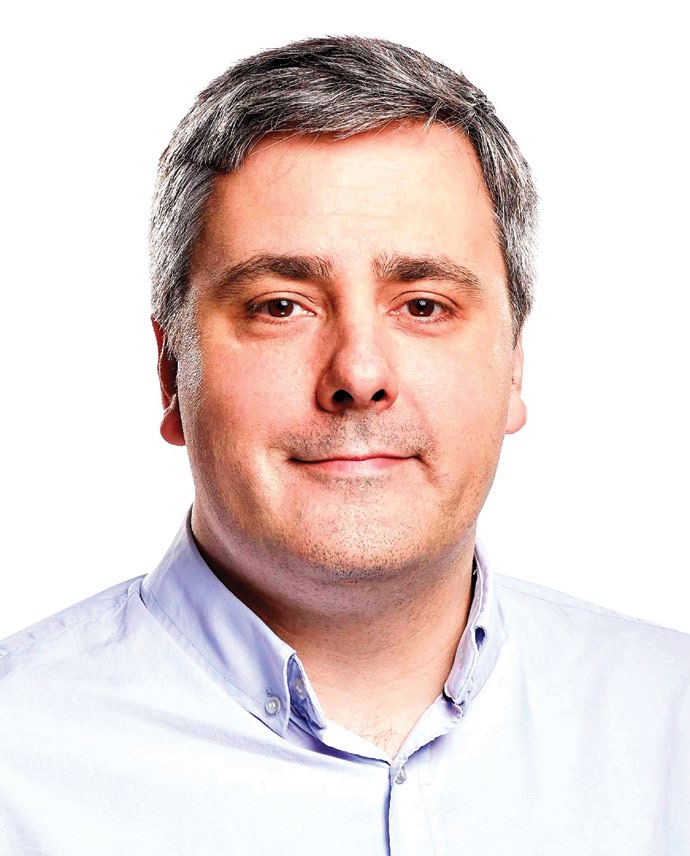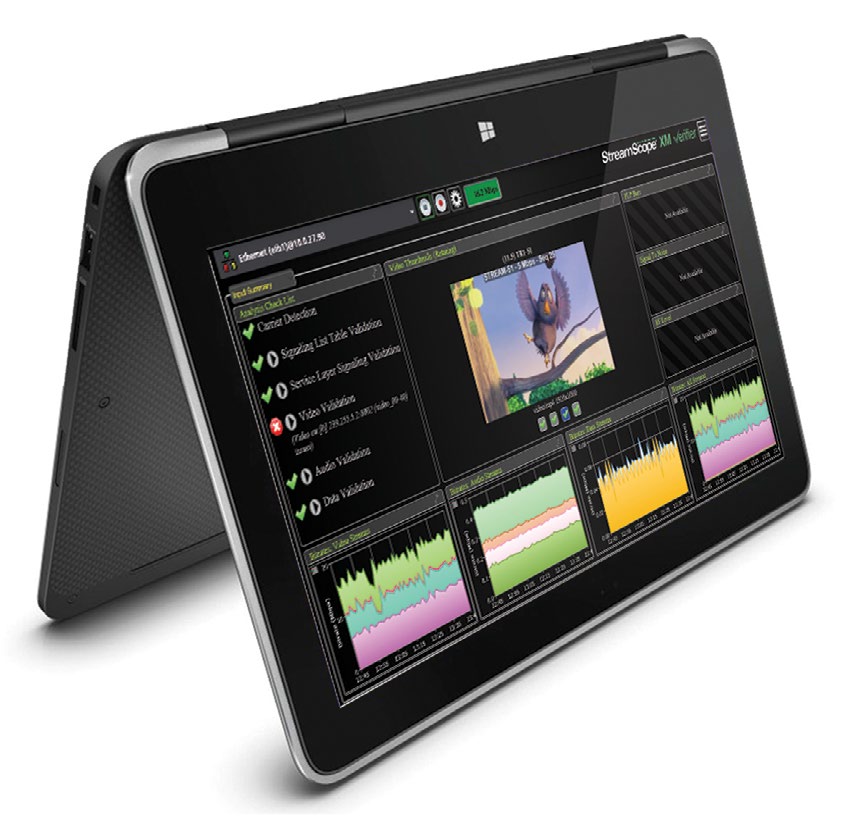TV Production Advances via Cloud, AI
The virtualization of workflows

The winds of change in broadcasting began to be felt as we moved into the new millennium; now, 20 years later, they’re blowing at gale force, signaling totally new technologies, new solutions for old problems, and, newer and better ways for creating television content and delivering it to the viewer.
These changes are reflected in just about every area of broadcasting, including the content production and distribution arenas. Tools and technologies for the switching of video, editing, storage, graphics generation and even test and measurement that were just science fiction a few years ago are now part of the television production and transmission ecosystem.
OUT WITH THE OLD AND IN WITH THE NEW
This quantum shift from old to new ways of doing things was characterized by Dave Villano, CTO, Adtech at Imagine Communications.
“The customers and prospects we speak with are pivoting away from legacy infrastructures to cloud-based delivery systems with managed services, but they’re all at different stages of the transition,” said Villano. “The industry is embracing products that focus on value-added integrations and open architectures which provide greater flexibility and unlock new monetization opportunities—including optimization, automation and data enriched targeting.

“Industry feedback has indicated that fragmentation of audiences in the digital era has become a huge obstacle for selling across inventory supply channels with efficiency and scale. They’re seeking highly flexible, highly efficient, cloud-based platforms that will help them to deploy timely solutions to reaggregate splintered audiences and optimize monetization.”
Jon Finegold, chief marketing officer for Signiant, also sees the cloud as essential to content producers.
“What we see across the global media supply chain is far more collaboration and far more globalization at a time when security concerns are at an all-time high,” said Finegold. “As a result, companies are looking to the cloud to offer more agility and flexibility.
The professional video industry's #1 source for news, trends and product and tech information. Sign up below.
“Where Signiant is unique is in our use of the cloud to enable secure, cross-company collaboration, providing authorized access to assets no matter where or how they are stored,” Finegold continued. ”At the NAB Show, Signiant will be enhancing this with a new, unique cloud handshake mechanism that makes it easy for any size company to easily and securely set-up intercompany content exchange.”

Neil Maycock, senior vice president of strategic marketing and playout for Grass Valley, underscored the movement to newer technologies and how these changes are impacting the industry.
“Broadcasters and content producers are facing several challenges: meeting consumers’ insatiable appetite for more content, rich viewing experiences, stunning images and access across all screens while driving up efficiency and finding ways to work smarter,” he said. “On an operational level, a vast amount of content is now being produced, ingested and managed. Traditional broadcast architectures can’t scale at the necessary volume or adapt as quickly as they now need to and broadcasters are only going to need to be more agile in the future to deliver services that remain ahead of the curve.
“As the industry continues to take steps towards a virtualized software-based approach, we are going to see native cloud-based solutions leveraging elastic computing to bring even greater flexibility and efficiency to media production and processing applications,” Maycock continued. ‘This will be one of the hot topics at NAB Show 2020, where Grass Valley will highlight how it leads the way in helping customers transition to software-defined processes and cloud-based applications.”
ALL IN ONE
Scott Murray, senior vice president of marketing at Telestream, commented on one of the ways his company is harnessing the power of the cloud for their customers via Telestream’s Vantage Cloud Port.
“Vantage, of course, does everything,” said Murray. “It’s a complete workflow automation system that processes media and moves it where it needs to be. Most importantly, [it] now allows people to do this workflow automation and processing in the cloud environment of their choice.
“It’s intelligent enough to know where to process it based on where the media is or where it’s going,” he added. ”The cloud is not always the correct choice from a cost perspective. You have to follow the media in order to maximize efficiency. It does this automatically.”

Phil Myers, chief technology officer for Lawo, says production is quickly moving away from conventional coax and shielded twisted-pair connectivity in the television plant.
“We see the ongoing industry shift to IP infrastructure being an important topic ... with a real focus on solutions that address customer concerns around workflow and resource efficiencies, network and device management, and of course, system-wide monitoring and security—covering both on premise installs today while providing a clear vision for public cloud deployment in the near future,” he said.
PREPARING FOR THE NEXT WAVE

Artificial intelligence, virtualization of hardware and conventional hardware-based workflows, totally IP-interconnected facilities, storage and playout from the cloud—it would appear that such technologies have arrived just in the nick of time to help the industry come up to speed for their next challenge, NextGen TV (aka ATSC 3.0).
Once the dust from the repack has settled, broadcasters are going to be faced with the creation and airing of UHD, HDR, WCG, and perhaps even high-frame rate video and immersive audio for the NextGen TV sets reaching consumers later this year.
Broadcast equipment manufacturers are also gearing up to help their customers meet these challenges, not only by tapping the power of the cloud, AI, and the like, but also with monitoring and processing tools to ensure that this enormously diverse and specialized content reaches its audiences in pristine shape.
Triveni Digital, well-known for its monitoring technology, is taking the lead on test and measurement for Next-Gen TV.
“The transition to ATSC 3.0 is complex, and we’re helping usher in a new era in broadcast television with operationally efficient, cost-effective solutions for channel sharing, the repack, and dual-standards [ATSC 1.0 and 3.0] broadcasting,” said Ralph Bachofen, Triveni’s vice president of sales and marketing. “By empowering our customers to deliver innovative service guides, addressable content delivery, interactive program enhancements, and data broadcast applications, Triveni Digital is leading the charge to better TV. By offering simultaneous delivery of ATSC 1.0 and ATSC 3.0 services from a unified infrastructure, along with innovations like ATSC 3.0 streaming from the cloud, we are making this transition as simple and efficient as possible.”
Bachofen noted a key trend in the industry is the move to cloud and SaaS technologies, due to the flexibility, cost savings, and efficiency they provide.
“Our new solution for streaming ATSC 3.0 from the cloud is available as a SaaS business model, lowering the cost to market for new channels and services by eliminating capex costs,” he said. ‘The solution includes support for the Secure Reliable Transport [SRT] protocol to ensure a secure broadcast communications path in the cloud.”
EDUCATION AS WELL AS EQUIPMENT DEMONSTRATIONS
So, where will your facility be heading as we enter the new decade? IP-connectivity is now firmly established, with most production equipment manufacturers having lots to offer. Cloud storage/playout and virtualization of studio and control room gear are now realities also, NextGen TV is on the air in several cities, with more to come by year’s end.
It’s time to start preparing for the next wave of television production and broadcasting.
